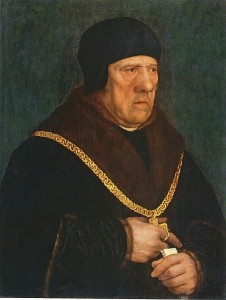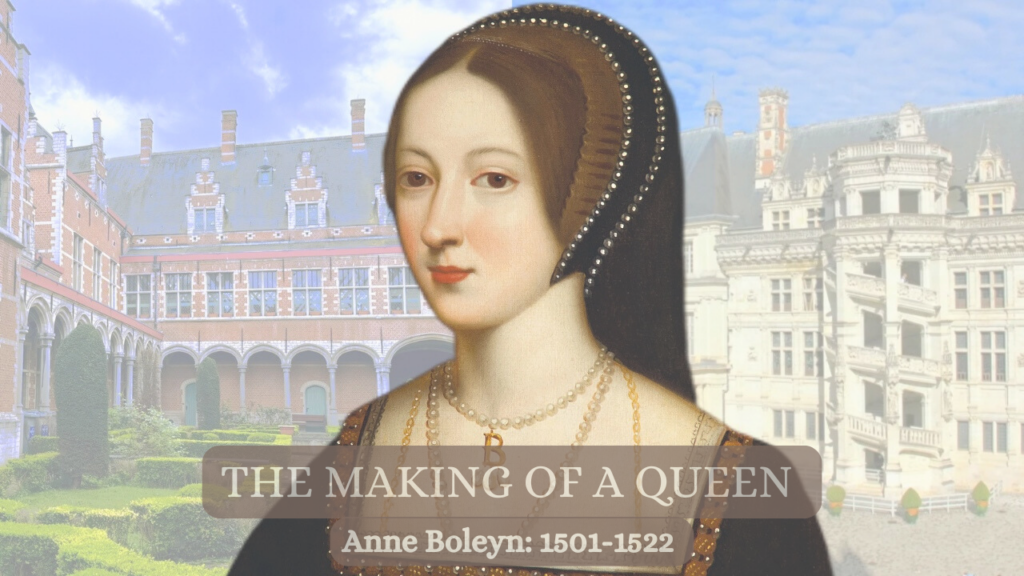The portrait of Sir Henry Wyatt by Holbein has an interesting backstory. The story goes that Sir Henry was imprisoned and tortured under Richard III for his unwavering fidelity to Henry Tudor. It is said that his captors tortured him with a horse-barnacle, a farrier’s tool, sharply serrated and used to subdue horses.
According to Nicola Shulman,
‘An open barnacle would be positioned where the horses’ muzzle is soft and loose, then pinched shut and twisted. It would be used much the same way on a man.’ (Pg. 21)
The Wyatts alluded to this ordeal wherever possible, as a symbol of their loyalty to the Tudors, even commissioning tapestries featuring the figure of a barnacle.
In 1537, Henry’s son, Thomas, even added a commemorative barnacle to his coat of arms – a constant reminder of what the Wyatt family had endured for their loyalty.
This is interesting timing when we consider that the year before, Thomas Wyatt, along with Richard Page, had been arrested and imprisoned in the Tower of London, with five other men accused of adultery with Queen Anne Boleyn. Of the seven men imprisoned only he and Richard Page lived to tell their tale.
What is fascinating is that the one place where the Wyatt arms can be seen today, is on the back of Holbein’s drawing of a female sitter, identified in a later inscription as, ‘Anna Bollein Queen.’ (Pg. 219) More on this soon!
In Holbein’s portrait of Sir Henry Wyatt, the lower half of his face looks weak and floppy. His lips are slightly parted showing one tooth. Historian Nicola Shulman asserts that Henry ‘is the only one of all Holbein’s sitters, both in England and elsewhere, to show his teeth at all.’ (Pg. 22)
This portrait is now in the Louvre Museum in Paris.
Reference Shulman, N. Graven with Diamonds, 2012.


















Latest Comments